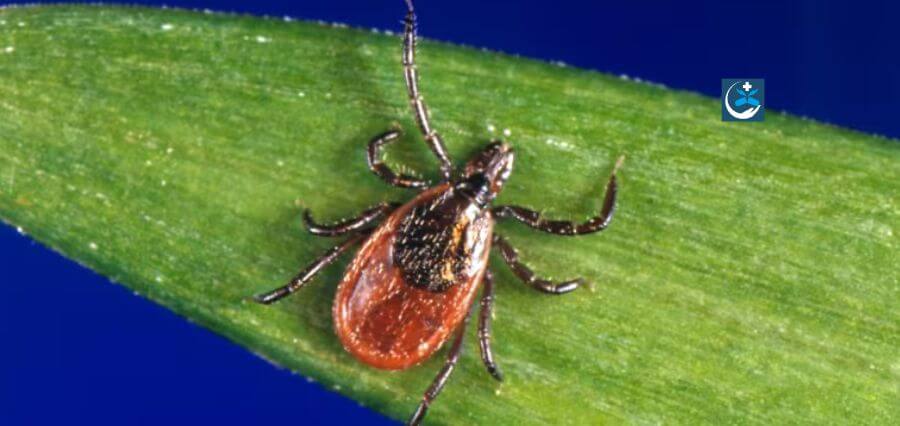Nova Scotia, Quebec, and Ontario each see about 500 cases of anaplasmosis annually. As Canadians spend more time outdoors during the warm summer months, experts are warning about the tick-borne disease anaplasmosis, which is on the rise. Heather Coatsworth, chief research scientist of field studies in the National Microbiology Laboratory, explains what we need to know about anaplasmosis and offers tips on how to avoid tick bites.
Experts are cautioning Canadians to watch for symptoms of this tick-borne disease, whose case counts have steadily increased over the past 15 years. Anaplasmosis, caused by the bacteria Anaplasma phagocytophilum, affects both humans and animals and is spread by ticks.
In the early 2000s, provinces and territories reported only a handful of human cases each year. Now, experts warn that up to 500 cases a year are being seen in regions where anaplasma-carrying ticks are present, though not all cases are full-blown clinical infections.
“It is kind of the new kid on the block,” said Heather Coatsworth, a research scientist at the Public Health Agency of Canada’s National Microbiology Laboratory, in an interview with Dr. Brian Goldman, host of CBC’s The Dose.
Ticks carrying anaplasmosis are primarily found in Nova Scotia, Quebec, and Ontario, though cases have also been reported in Manitoba and Alberta. Anaplasmosis is a disease caused by bacteria that infect white blood cells in humans and animals.
Early symptoms include fever, chills, headache, and fatigue. If left untreated, it can lead to severe symptoms such as respiratory failure, anemia, liver disease, and even death, particularly in immunocompromised individuals, children, and the elderly.
“It takes roughly 18 hours of feeding for a tick to infect the host with the bacteria,” Coatsworth explained. “Since it’s a blood-borne disease, it can also be transmitted by blood transfusion and solid organ donation. There’s also a hypothesis that it can be transmitted from mother to baby.”
The first instance of anaplasmosis in a Canadian was documented in 2009.


